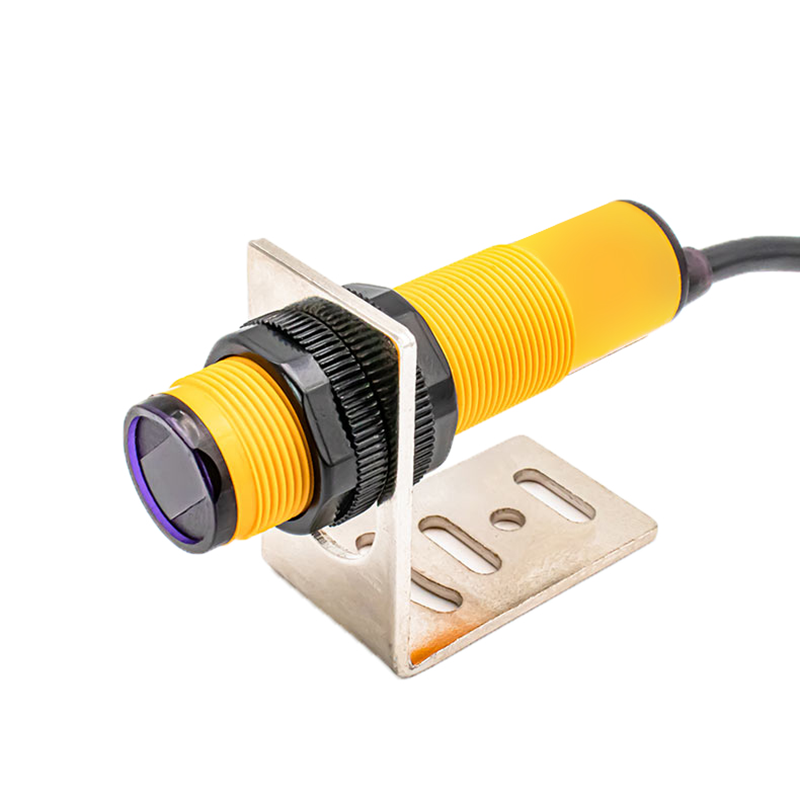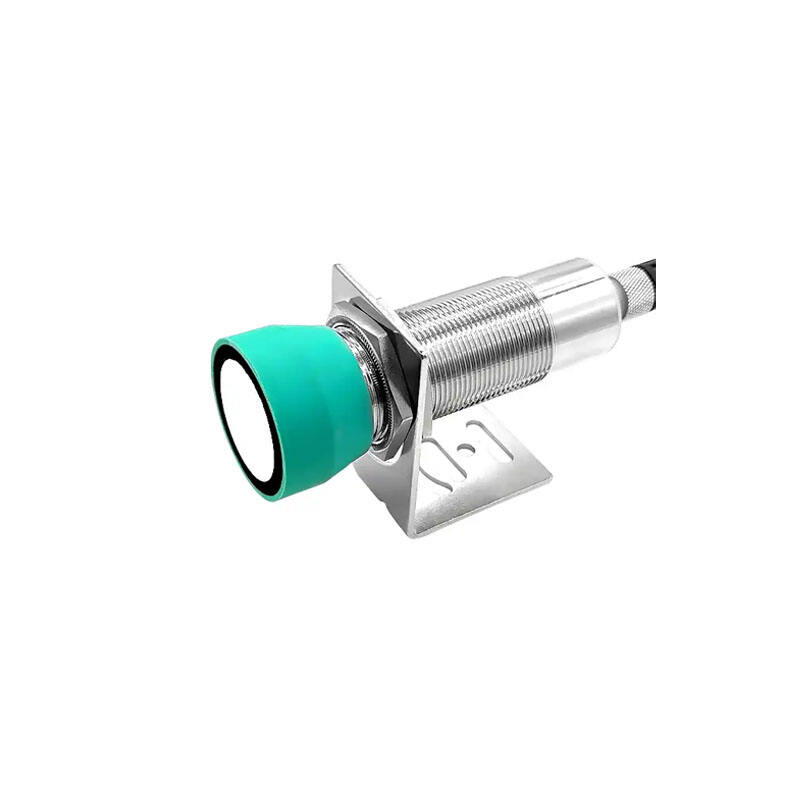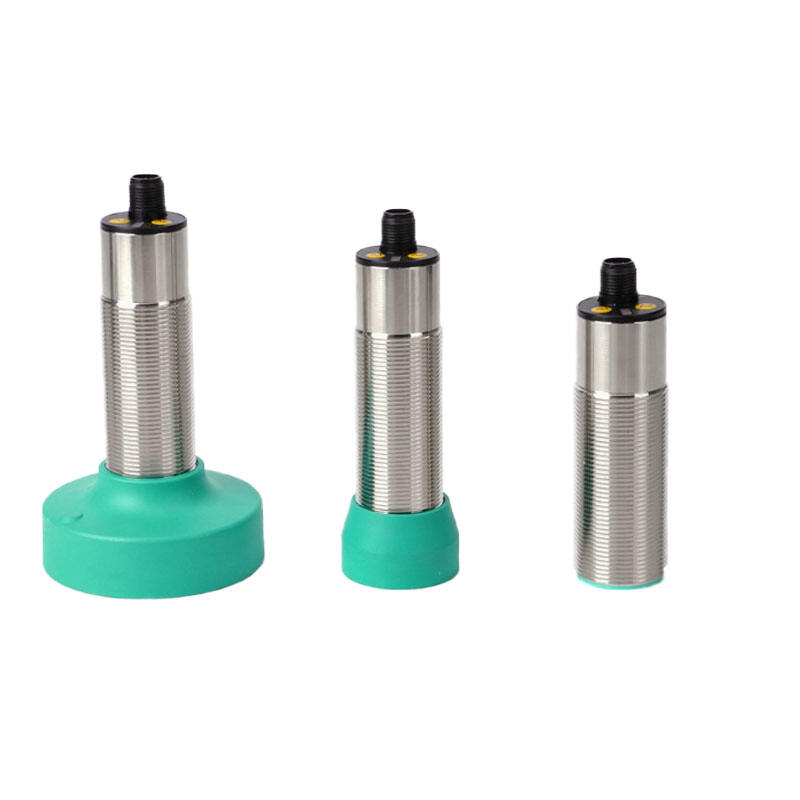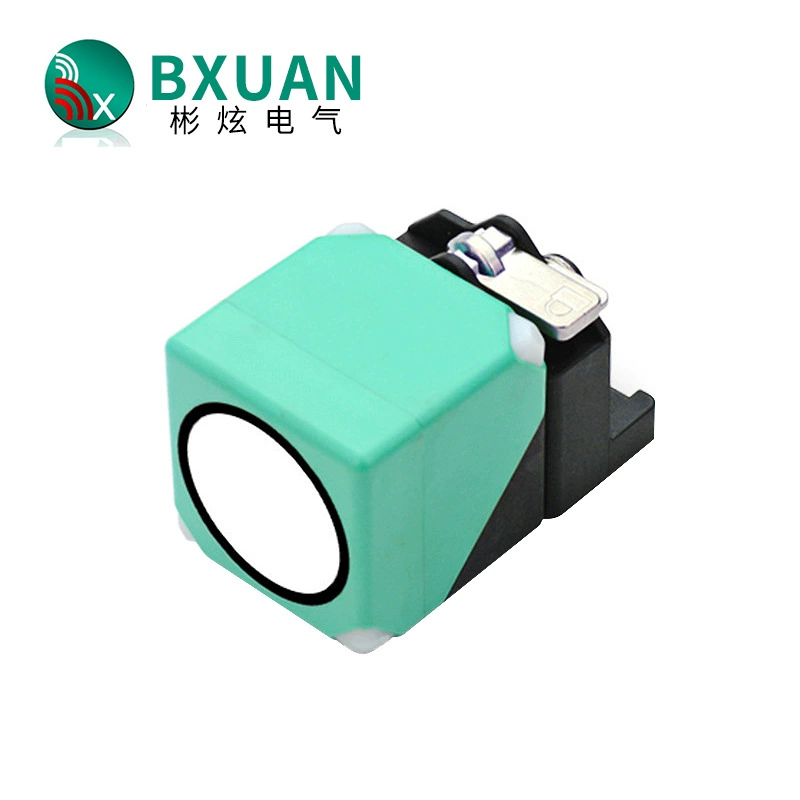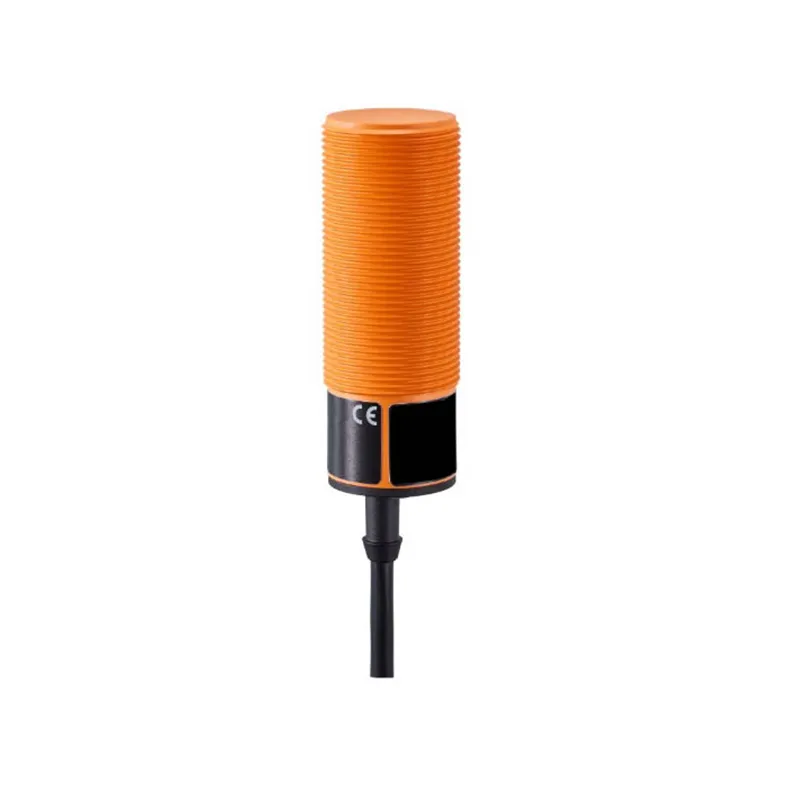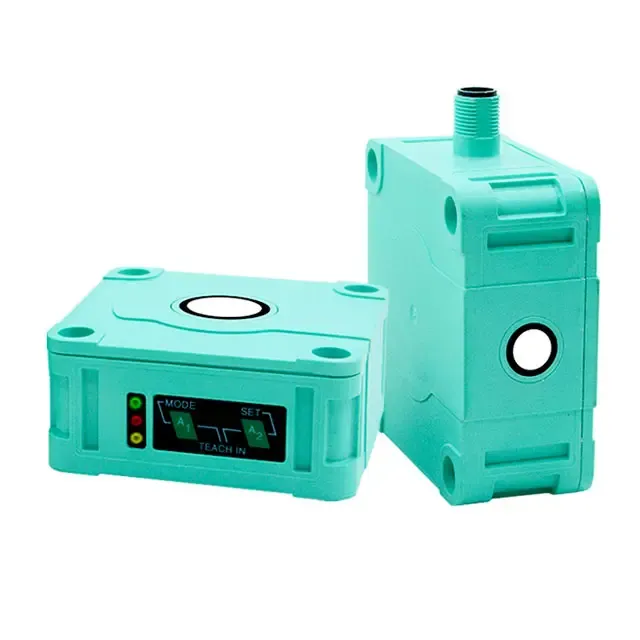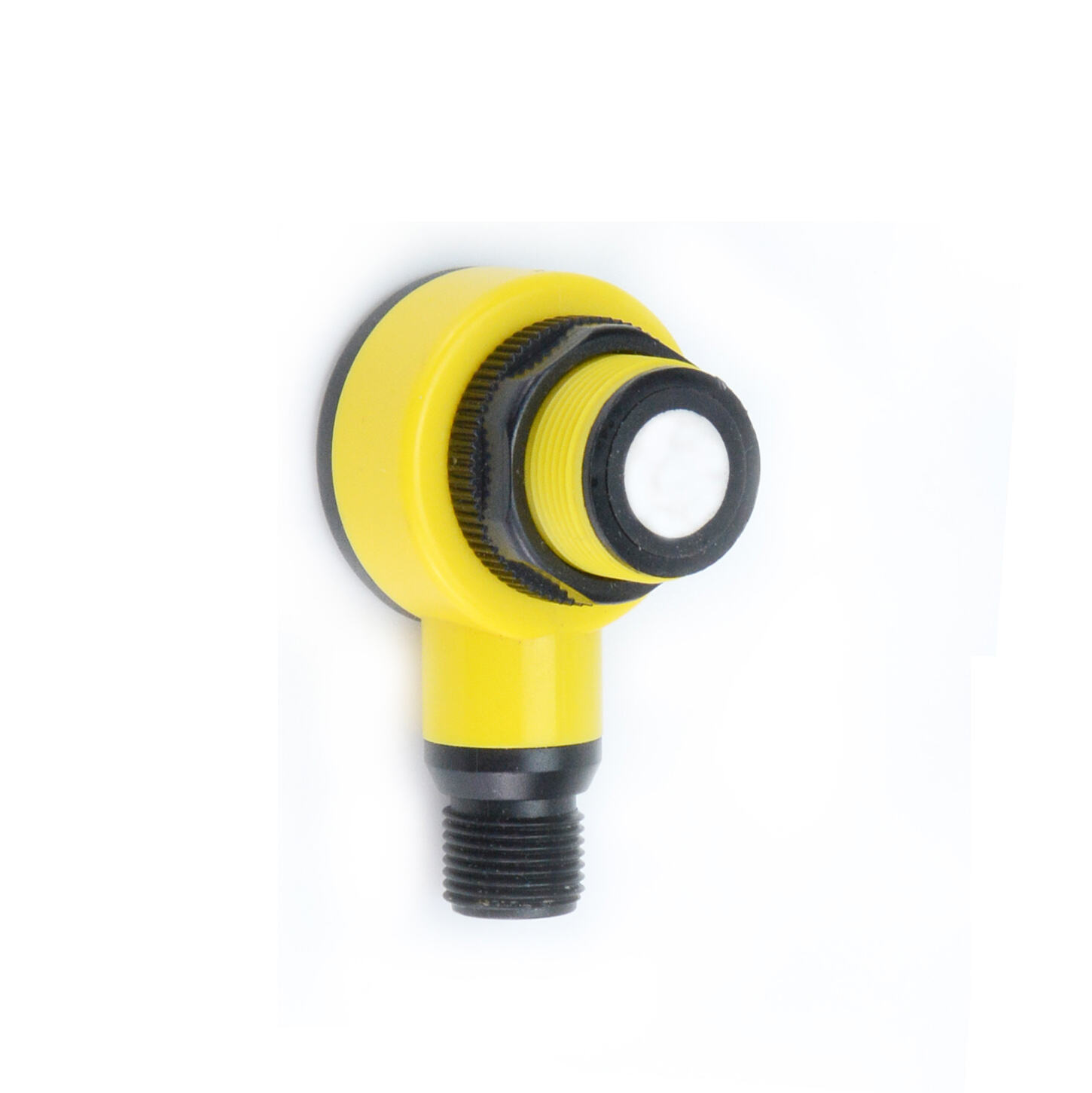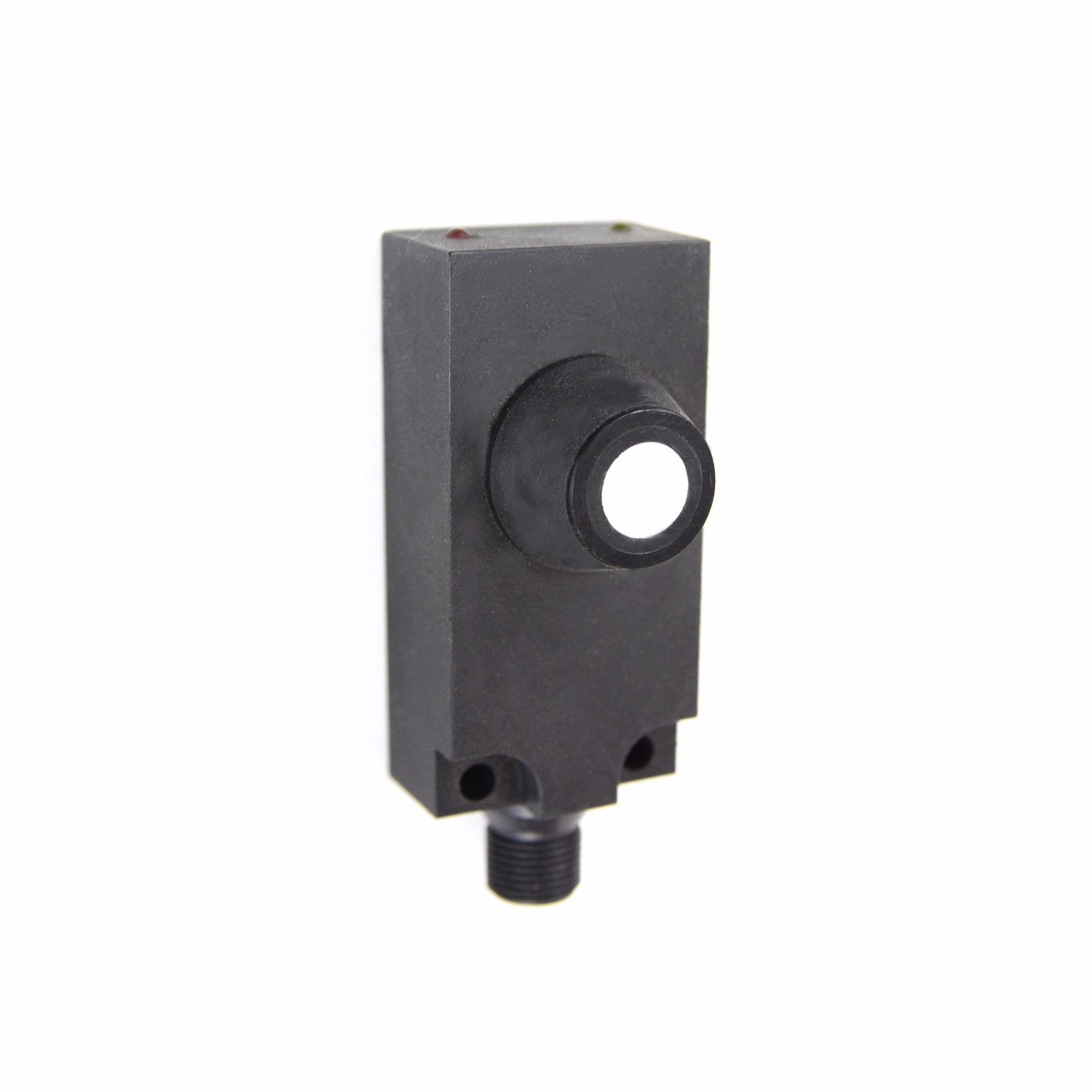typy fotoelektrických senzorů
Fotobuňky jsou sofistikovaná detekční zařízení, která pracují s využitím světelných paprsků k identifikaci přítomnosti, nepřítomnosti nebo vzdálenosti objektů v různých průmyslových a komerčních aplikacích. Tyto senzory se dělí na tři hlavní typy: průchodové, reflexní a difuzní senzory. Průchodové senzory využívají samostatný vysílač a přijímač, čímž poskytují nejdelší dosah měření a nejvyšší spolehlivost při detekci neprůhledných objektů. Reflexní senzory kombinují vysílač a přijímač v jednom pouzdře a používají odražeč k návratu světelného paprsku, což usnadňuje jejich instalaci a údržbu. Difuzní senzory rovněž obsahují oba prvky v jednom pouzdře, ale spoléhají na to, že cílový objekt odráží světlo zpět k přijímači, což je činí ideálními pro detekci na krátké vzdálenosti. Tyto senzory využívají pokročilé technologie, jako jsou LED světelné zdroje, přesné optické systémy a sofistikované obvody pro zpracování signálu, aby zajistily přesnou detekci i v náročných prostředích. Nacházejí široké uplatnění v automatizaci výroby, balicích linkách, systémech řízení dveří, monitorování dopravníků a procesech kontroly kvality. Univerzálnost fotobuněk umožňuje detekci objektů různých velikostí, materiálů a barev, zatímco jejich polovodičová konstrukce zajišťuje dlouhodobou spolehlivost a minimální nároky na údržbu.

